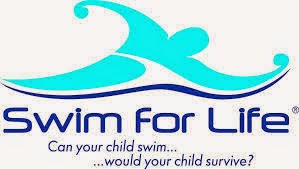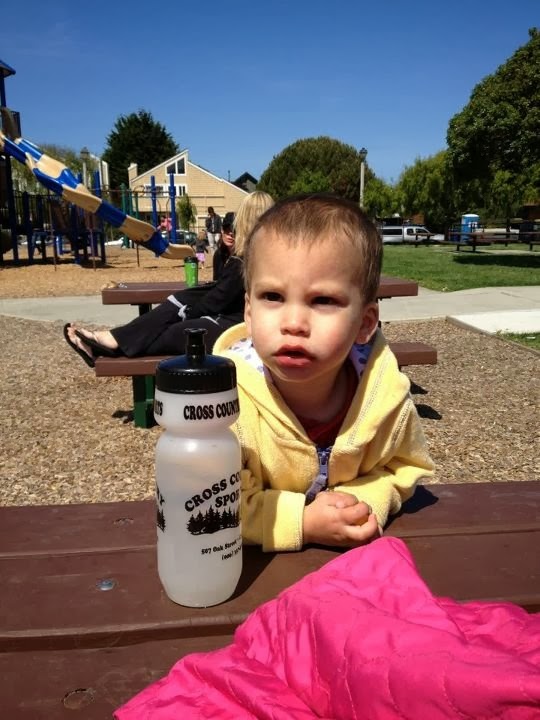Picking and Choosing
Today’s family is given a plethora of choices when it comes to
extra curricular activities. When I was young, you were considered a lucky kid
if you got to do one, let alone two after school activities. These days both
parents and kids seem to be inundated with options ranging from
“Yoga-Art-Language-Immersion” class to AYSO soccer. Parents lose sleep at night
agonizing over which activities will give their child a better chance at
getting a college scholarship or an “edge” in the future job market.
I recently had a poolside conversation with a parent of a 4 and 6
year old who was having tremendous ‘mommy guilt’ over the fact that her
children haven’t learned a second language yet: “How will that look on college
and job applications!?!” This mom already has her children in ballet, swimming,
piano, gymnastics and soccer.
I repeat: Her children are ages 4 and 6.
I proceeded to talk her through her decision making and
prioritize her children’s activities. Here’s what we considered:
- How
important is the activity to the overall health and well being of your child?
- For
example, swimming is a life saving sport. If your child doesn’t learn to swim,
they could literally die. Drowning is the #1 cause of accidental death in
children ages 5 and under in the US.
- Swimming
is also a sport that human’s can do at any age/stage of their life. I swam as a
newborn, in high school and college, through my pregnancies and plan to swim
until i die! Both typical and special needs children can all swim...it’s an
inclusive activity that lasts a lifetime
- College
scholarships are available for swimming, water polo and synchronized swimming,
and it is an Olympic sport
- While
language can open up many doors for education and career paths, only in rare
cases can it save your child’s life :)
- How
big of a commitment is the activity?
- Is
practice 3-5 times/week for 6 and unders? Too much!
- Once
a week programs (like swim lessons) minimize burnout and allow for other
activities or “down time” at home (you know...like, playing kick the can
outside after school...)
- How
much strain do all of these commitments put on the parent’s weekly routine?
- How
much of an investment is the activity?
- Tuition
doesn’t always tell the whole story. There are always hidden costs like
uniforms, transportation, coaches gifts, snack, fundraisers, etc.
- What
perks do you get for your money? Are there any “extras” like family swim or
discounts like “Splash n Dash” lessons?
- What
are some free activities in your community? Playgrounds, libraries, beaches,
playing in your backyard...
- Consider
doing a basic cost analyses and projection of each chosen activity up until
your child graduates high school. Then add in college tuition in case they
don’t get that scholarship. Yeah...more than you thought.
- Is
my child made for the sport?
- Is
your child already off the charts in height? Then maybe don’t invest too much
time and money in gymnastics. Rec team is great, but competitive team might not
be realistic down the road.
- Does
your child struggle with music and language but excel at building legos and
math? Learning a foreign language in our regular education system will be good
enough for him...like it was for many of us parents. Continue to work on
weaknesses, but focus your investments in natural talents and interests.
This brought our conversation to another point of contention:
“But my 6 year old loves gymnastics...she
doesn’t mind going 3 days a week”. It’s fine that she loves gymnastics, but plenty of elite athletes burnout from sports
that they used to love. As parents,
it’s our role to protect our children from burnout and set boundaries with
activities right from the start.
When choosing what extracurricular activities are best for your
child, be sure to look at the big picture, hidden costs and overall
practicality. rest assured that you cannot do it all, so choose one or two and
don’t forget to schedule in that much needed “down time”.
From a swim teacher standpoint, swimming is a must-do activity
because of the life-long benefits of swimming. From a mom standpoint, swimming
is a must-do activity because it’s a life saving skill (...and provides plenty
of college scholarship opportunities).
Choose wisely parents, but most importantly...pace yourselves.
Time and financial commitments to too many extracurricular activities can leave
both parents and kids burned out, stressed out and overwhelmed.

.jpeg)
.jpeg)
.jpeg)

















